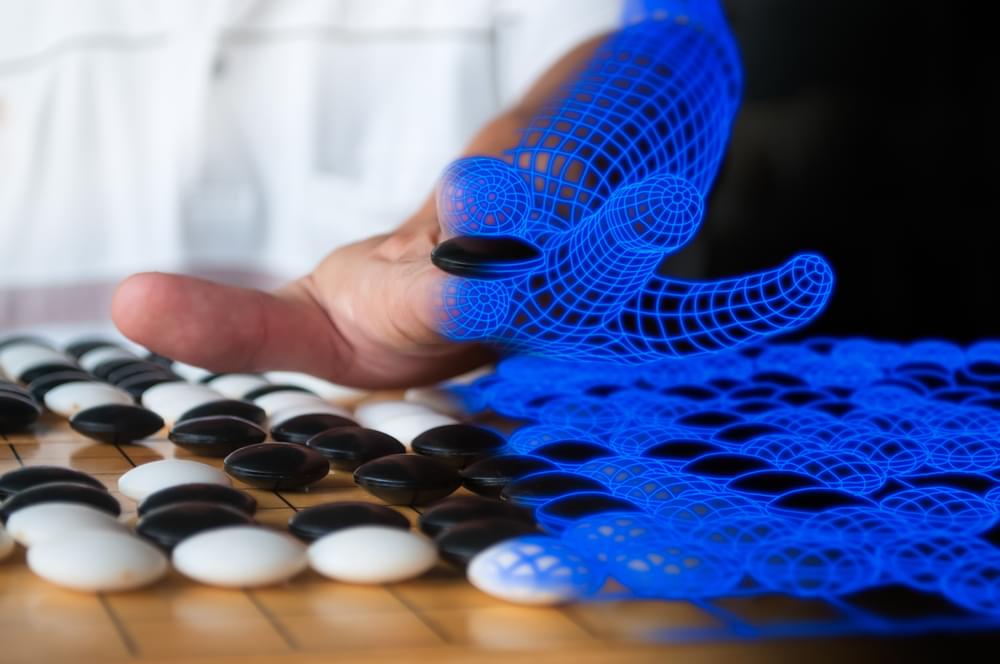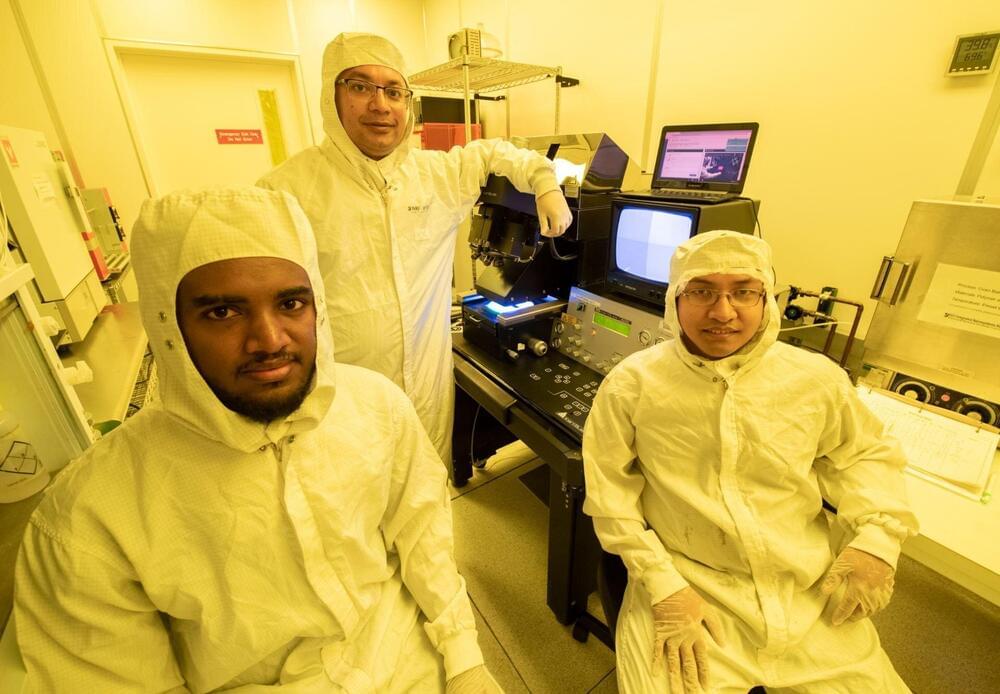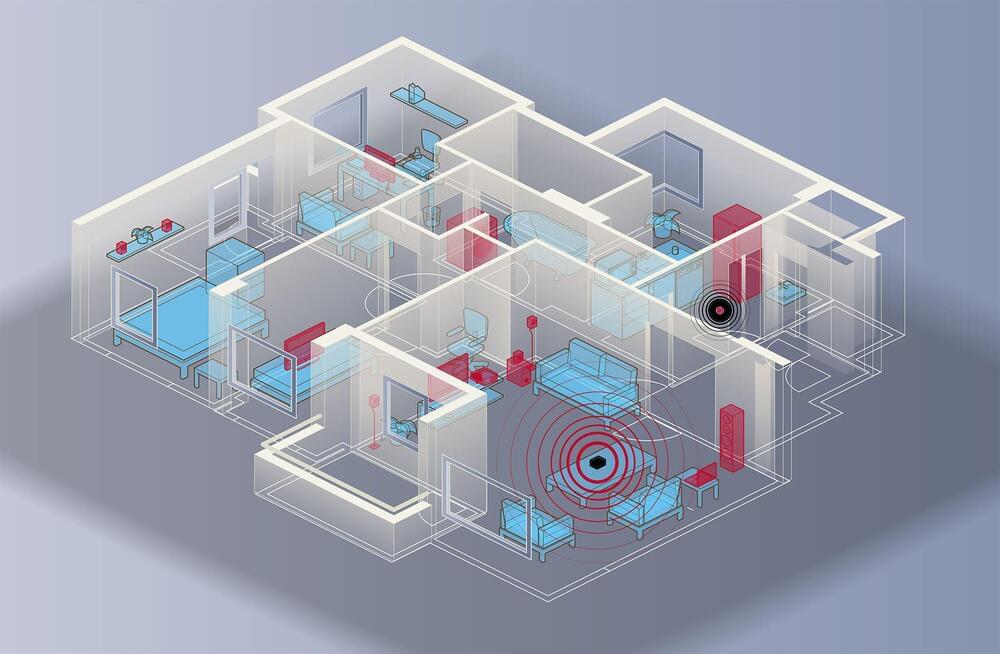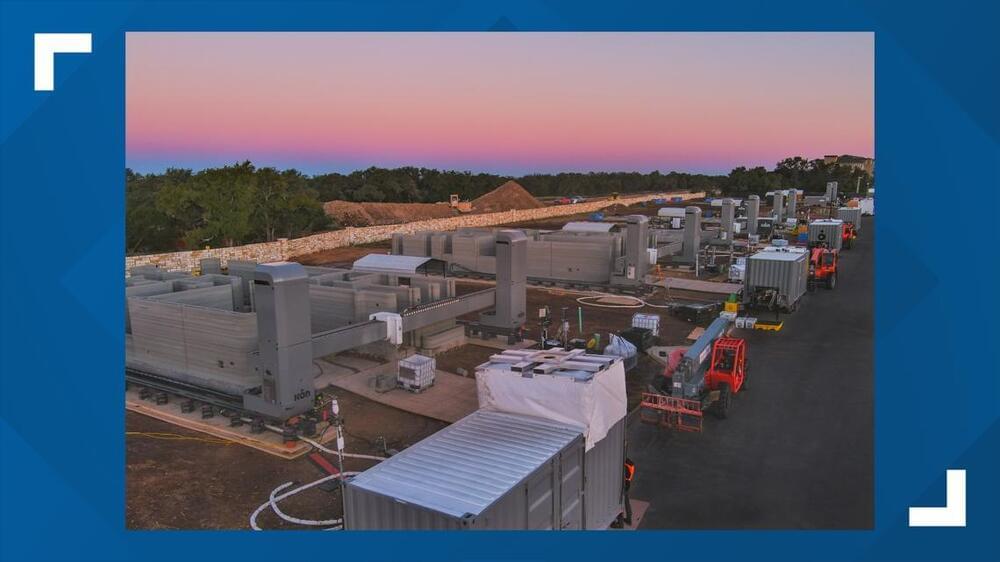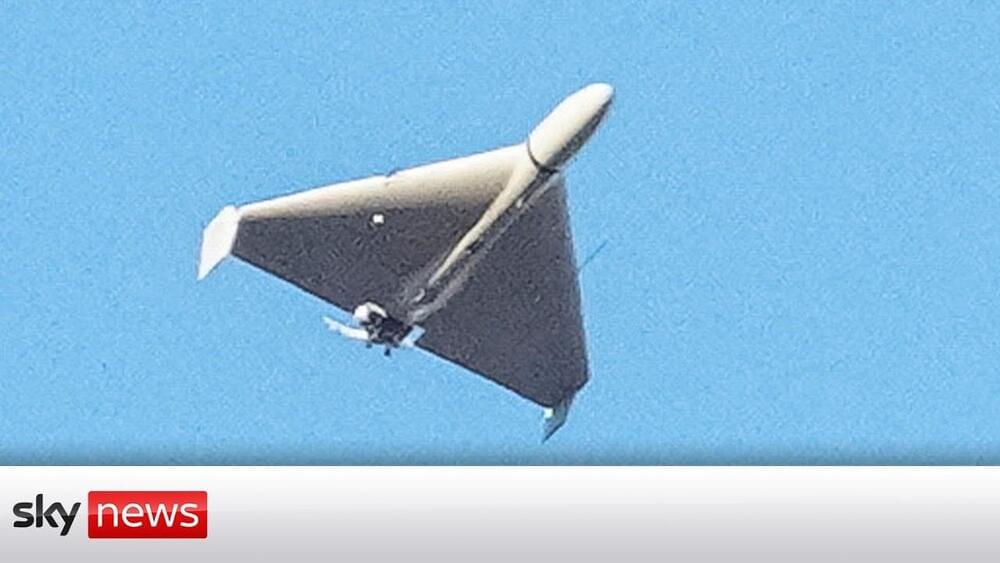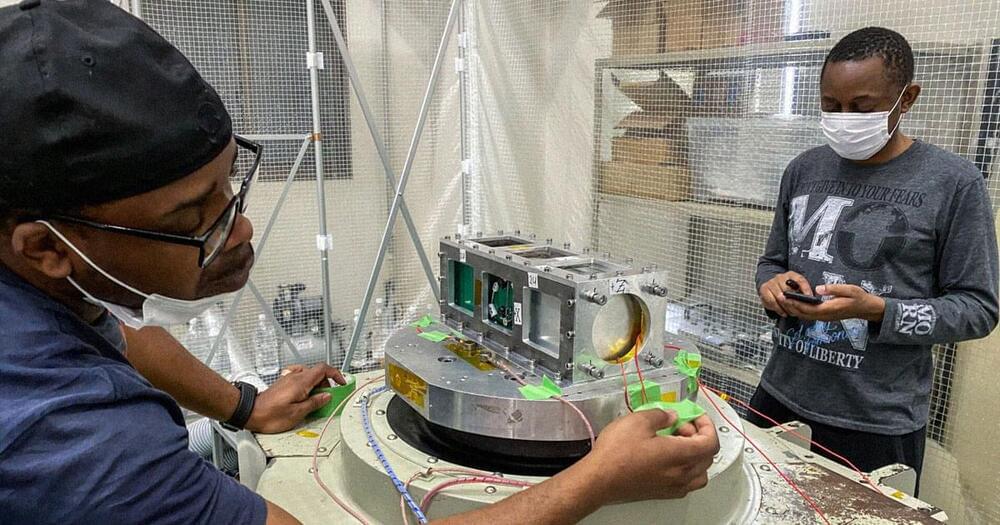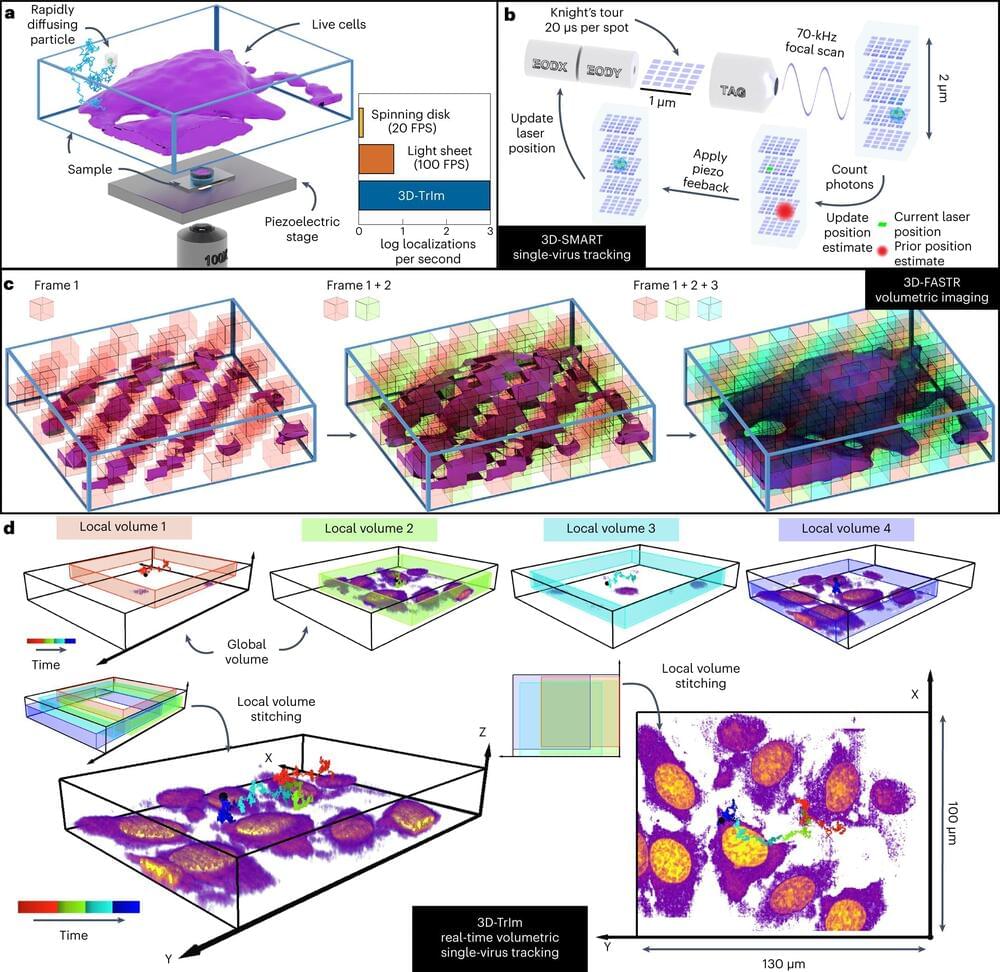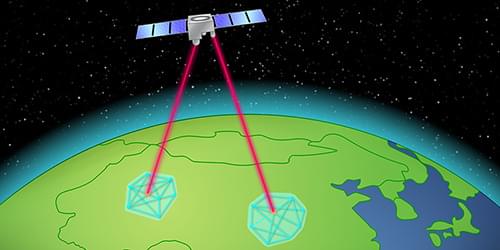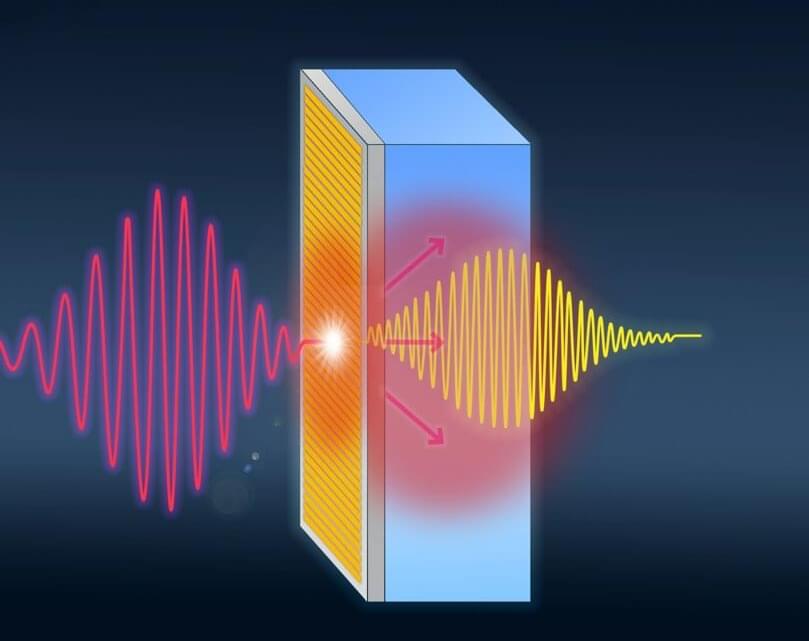
Terahertz light, radiation in the far-infrared part of the emission spectrum, is currently not fully exploited in technology, although it shows great potential for many applications in sensing, homeland security screening, and future (sixth generation) mobile networks.
Indeed, this radiation is harmless due to its small photon energy, but it can penetrate many materials (such as skin, packaging, etc.). In the last decade, a number of research groups have focused their attention on identifying techniques and materials to efficiently generate THz electromagnetic waves: among them is the wonder material graphene, which, however, does not provide the desired results. In particular, the generated terahertz output power is limited.
Better performance has now been achieved by topological insulators (TIs)—quantum materials that behave as insulators in the bulk while exhibiting conductive properties on the surface—according to a paper recently published in Light: Science & Applications.
